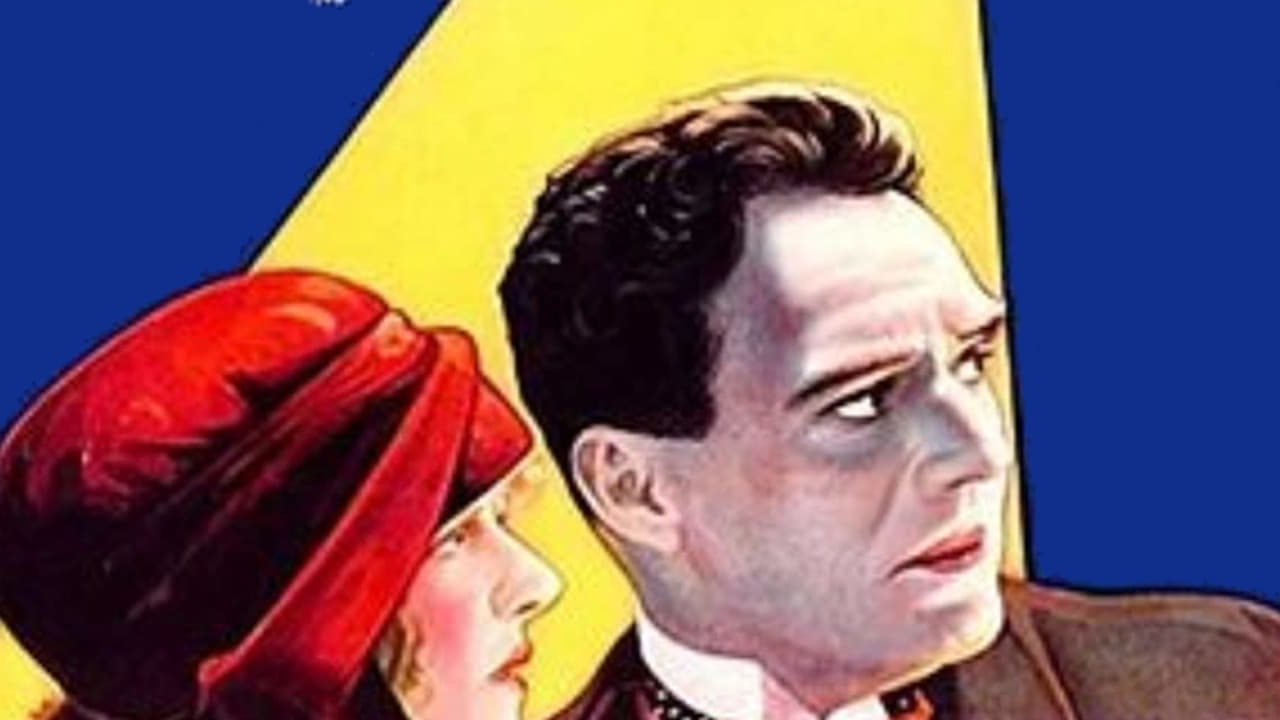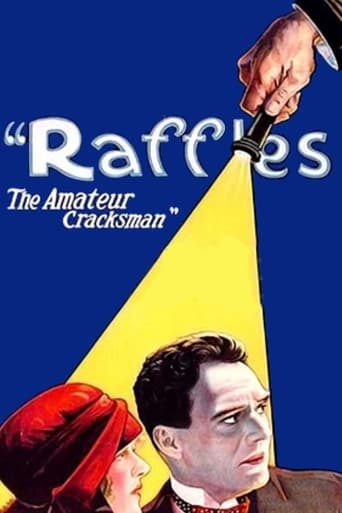JohnHowardReid
Although credited to Harvey Thew, the plot follows close on the heels of the 1917 version with one major and a number of minor exceptions. The main change (which would have outraged E.W Hornung had he lived to see it) is the complete transformation in the character of Bunny. Mind you, he's well played by Freeman Wood, but this is not the Bunny of the book or the other versions. Minor but important alterations include the diminution of Raffles into a conventional do-gooder with far less emphasis upon the thrill-seeker and the consequent watering down of just about all the play's well-known incidents.Fortunately, the personable Peters does an excellent job as Raffles. What's more, he looks the part. However, it's the pretty but rather lackluster Miss DuPont who supplies what little wit the screenplay possesses. Peters smiles a lot but he doesn't do or "say" anything particularly amusing. The other players are at best little more than competent. Hedda Hopper is almost as hammy as Christine Mayo in the previous version, while Esmelton, Long, Hall and company are easily outclassed by the actors in the 1917 version.And would you believe the budget also is less? The 1917 movie was hardly a top-rating item, but the negative cost of this version looks well below a typical 1940s Producers Releasing Corp entry.As for Mr Baggot, he is a staunch supporter of the bolt-the-camera-to-the-floor school of film-making. The camera did not move once. Not one inch! True, the sub-titles are deftly integrated and his handling is smoother and far less conspicuous than that of Mr Irving, but personally I found Mr Irving's often startling incompetence far more exciting than Baggot's dull yet consistently dreary professionalism.All told, despite the welcome charisma of House Peters in the title role, this is a rather disappointing version.

